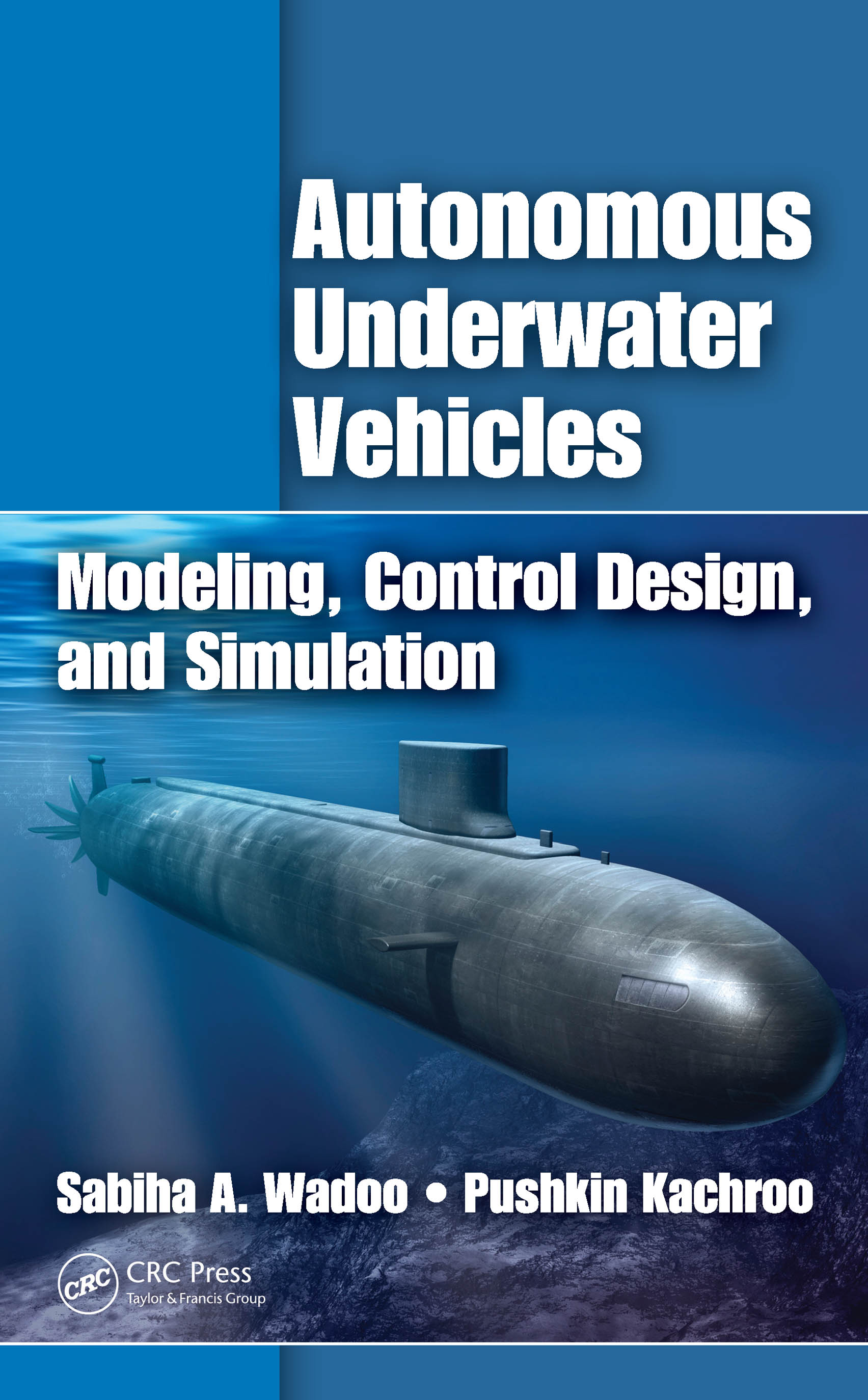- 中图分类号: TP2
- 语种: ENG
- 出版信息: CRC Press 2017 168页
- EISBN: 9781439818329
- PISBN-P: 9781439818312
- 原文访问地址:
KG评星
知识图谱评星,是一种基于用户使用的评价体系,综合图书的评论数量、引文数量、Amazon评分以及图谱网络中节点的PageRank值(即考虑相邻节点数量和重要性)等多种因素计算而得出的评价数值。星级越高,推荐值越高。CAT核心级
核心学术资源(CAR)项目作为教图公司推出的一项知识型服务,旨在打造一套科学、有效的图书评价体系,并协助用户制定相应的馆藏建设方案。CAR项目调查和分析12所世界一流大学的藏书数据,以收藏学校的数量确定书目的核心级,核心级越高,代表书目的馆藏价值越高。选取核心级在三级以上,即三校以上共藏的图书作为核心书目(CAT)。Underwater vehicles present some difficult and very particular control system design problems. These are often the result of nonlinear dynamics and uncertain models, as well as the presence of sometimes unforeseeable environmental disturbances that are difficult to measure or estimate. Autonomous Underwater Vehicles: Modeling, Control Design, and Simulation outlines a novel approach to help readers develop models to simulate feedback controllers for motion planning and design. The book combines useful information on both kinematic and dynamic nonlinear feedback control models, providing simulation results and other essential information, giving readers a truly unique and all-encompassing new perspective on design. Includes MATLAB Simulations to Illustrate Concepts and Enhance Understanding Starting with an introductory overview, the book offers examples of underwater vehicle construction, exploring kinematic fundamentals, problem formulation, and controllability, among other key topics. Particularly valuable to researchers is the bookdetailed coverage of mathematical analysis as it applies to controllability, motion planning, feedback, modeling, and other concepts involved in nonlinear control design. Throughout, the authors reinforce the implicit goal in underwater vehicle design o stabilize and make the vehicle follow a trajectory precisely. Fundamentally nonlinear in nature, the dynamics of AUVs present a difficult control system design problem which cannot be easily accommodated by traditional linear design methodologies. The results presented here can be extended to obtain advanced control strategies and design schemes not only for autonomous underwater vehicles but also for other similar problems in the area of nonlinear control.







 京公网安备 11010602104826号
京公网安备 11010602104826号
